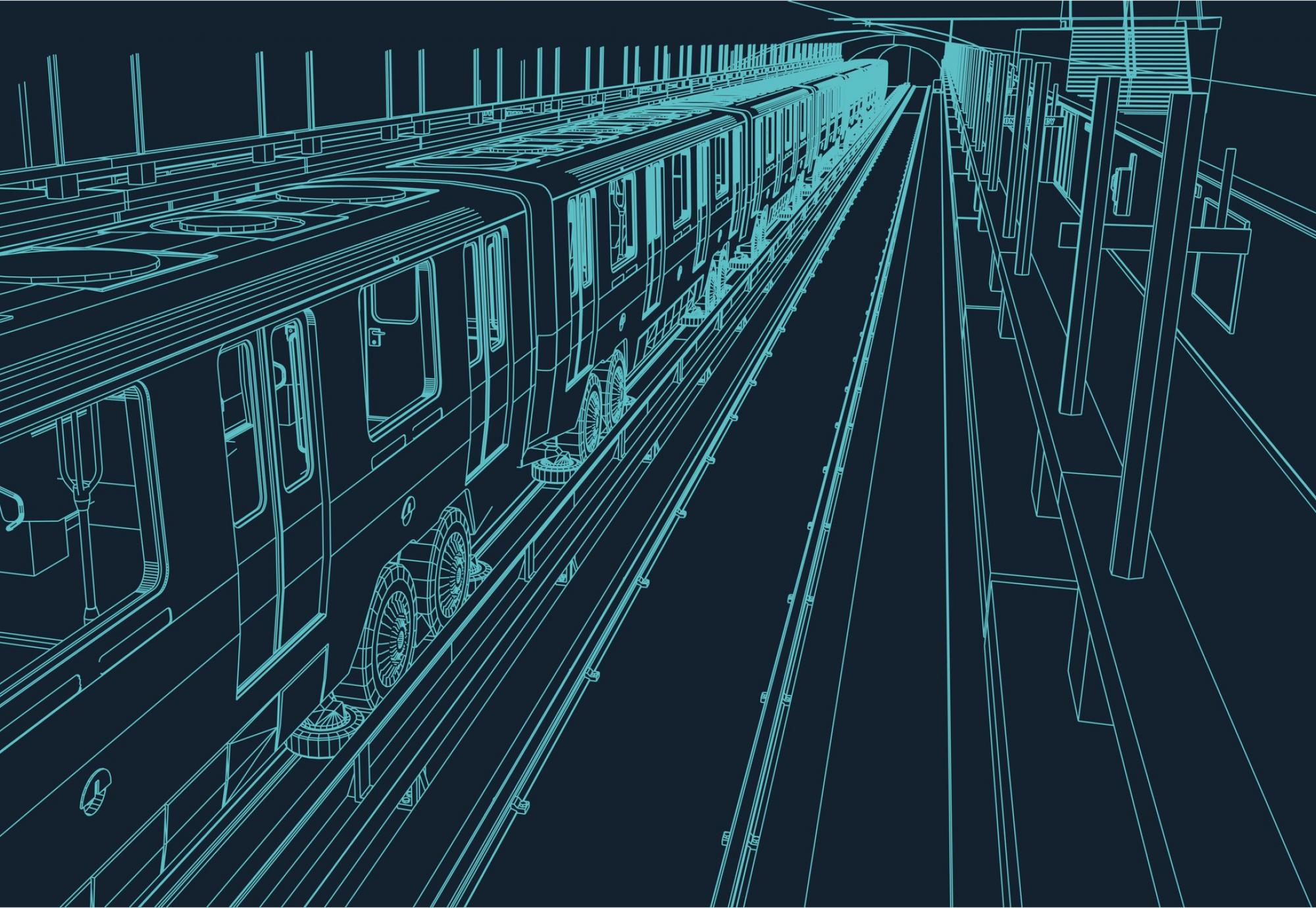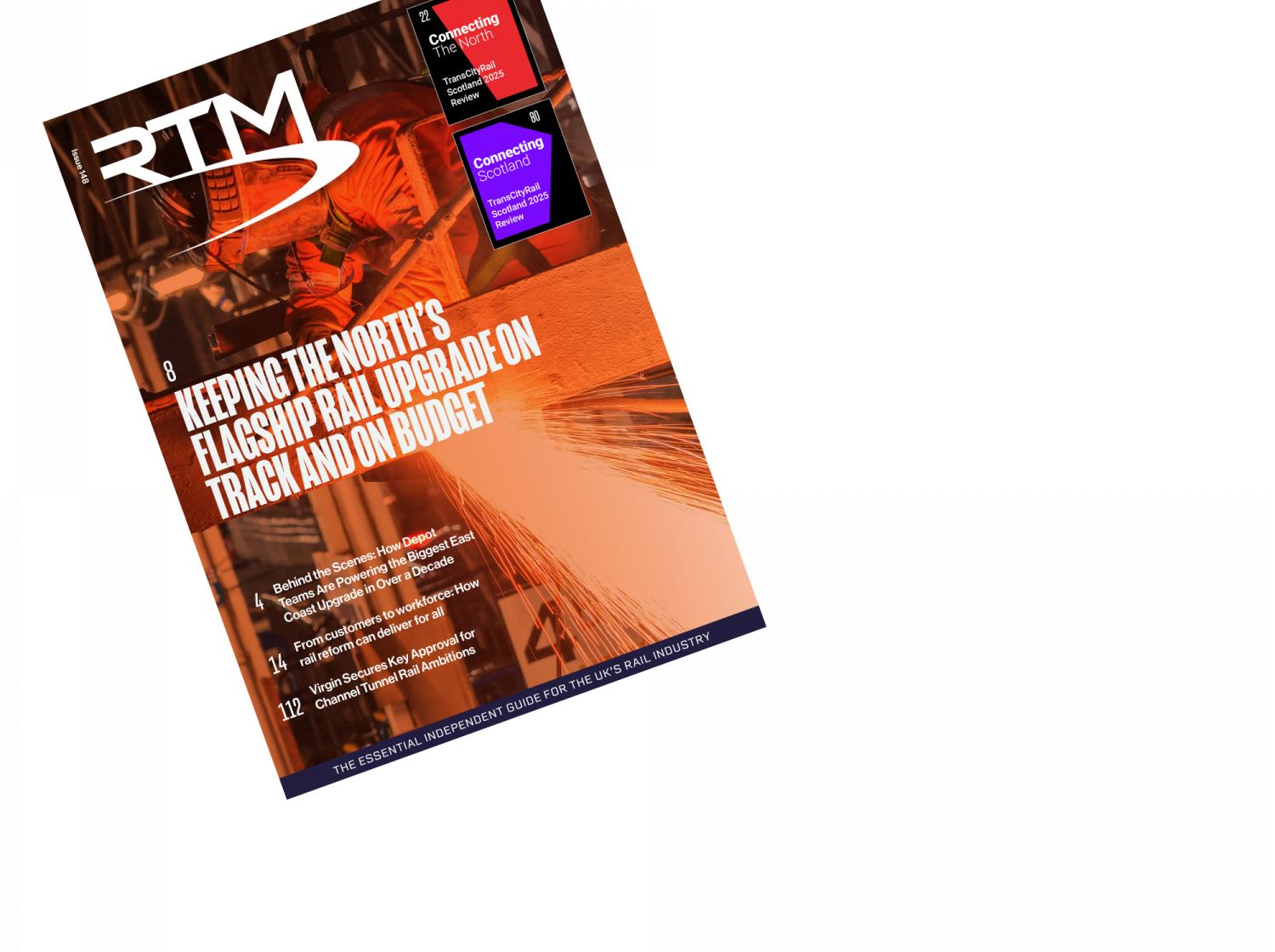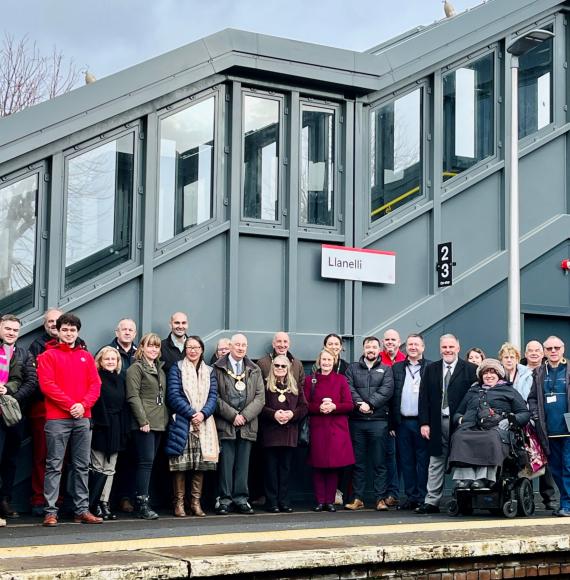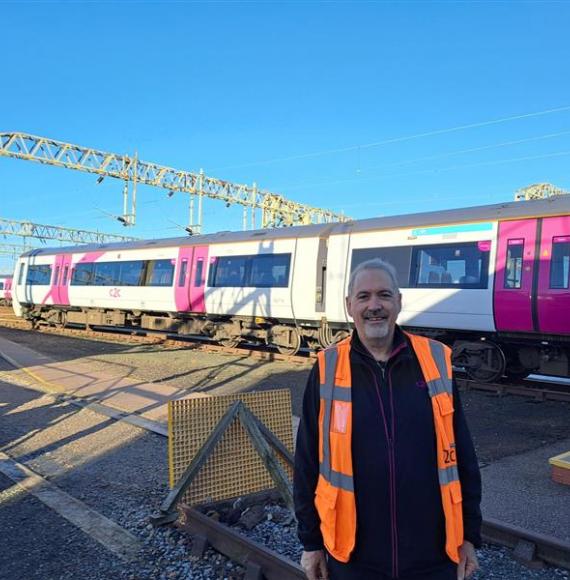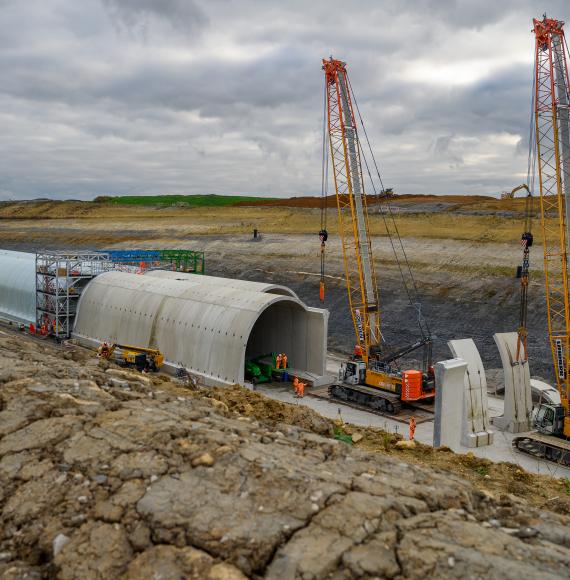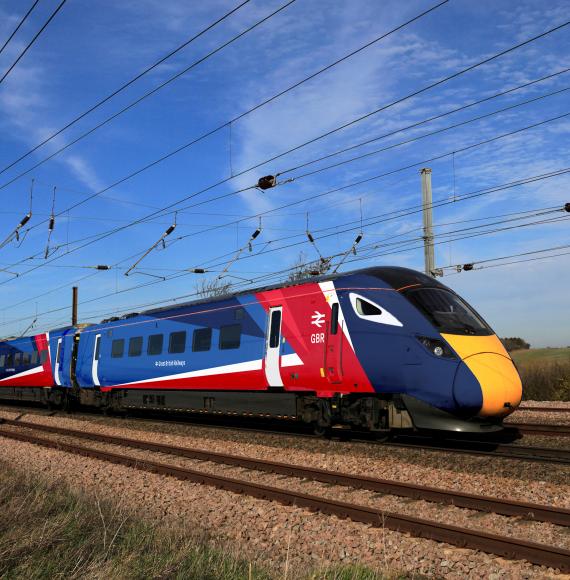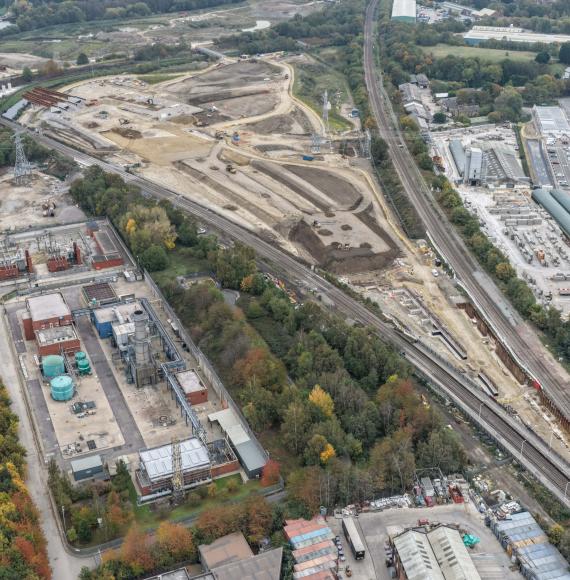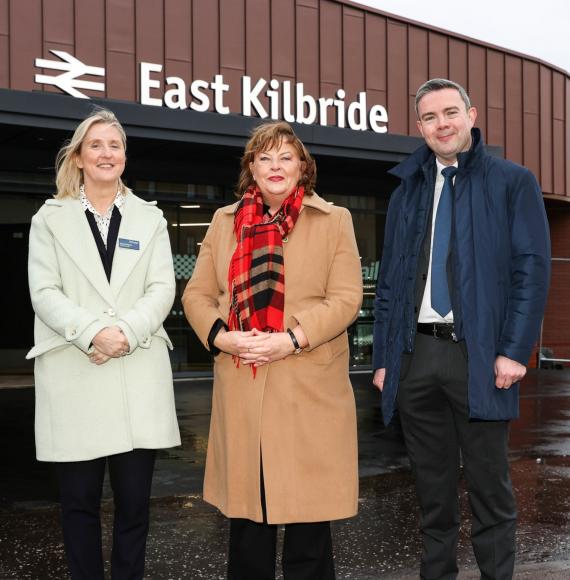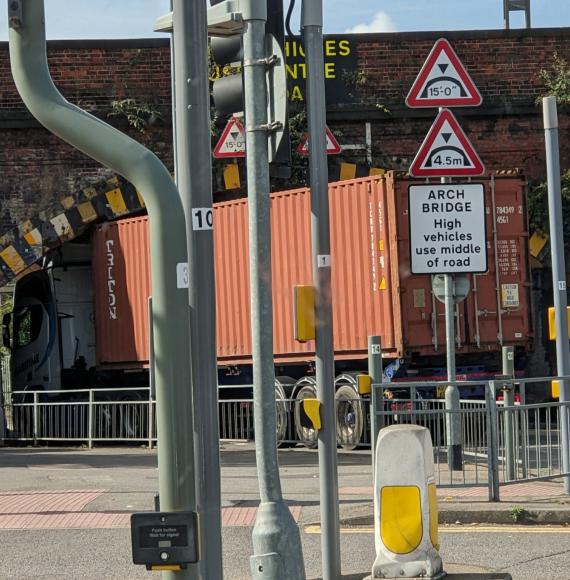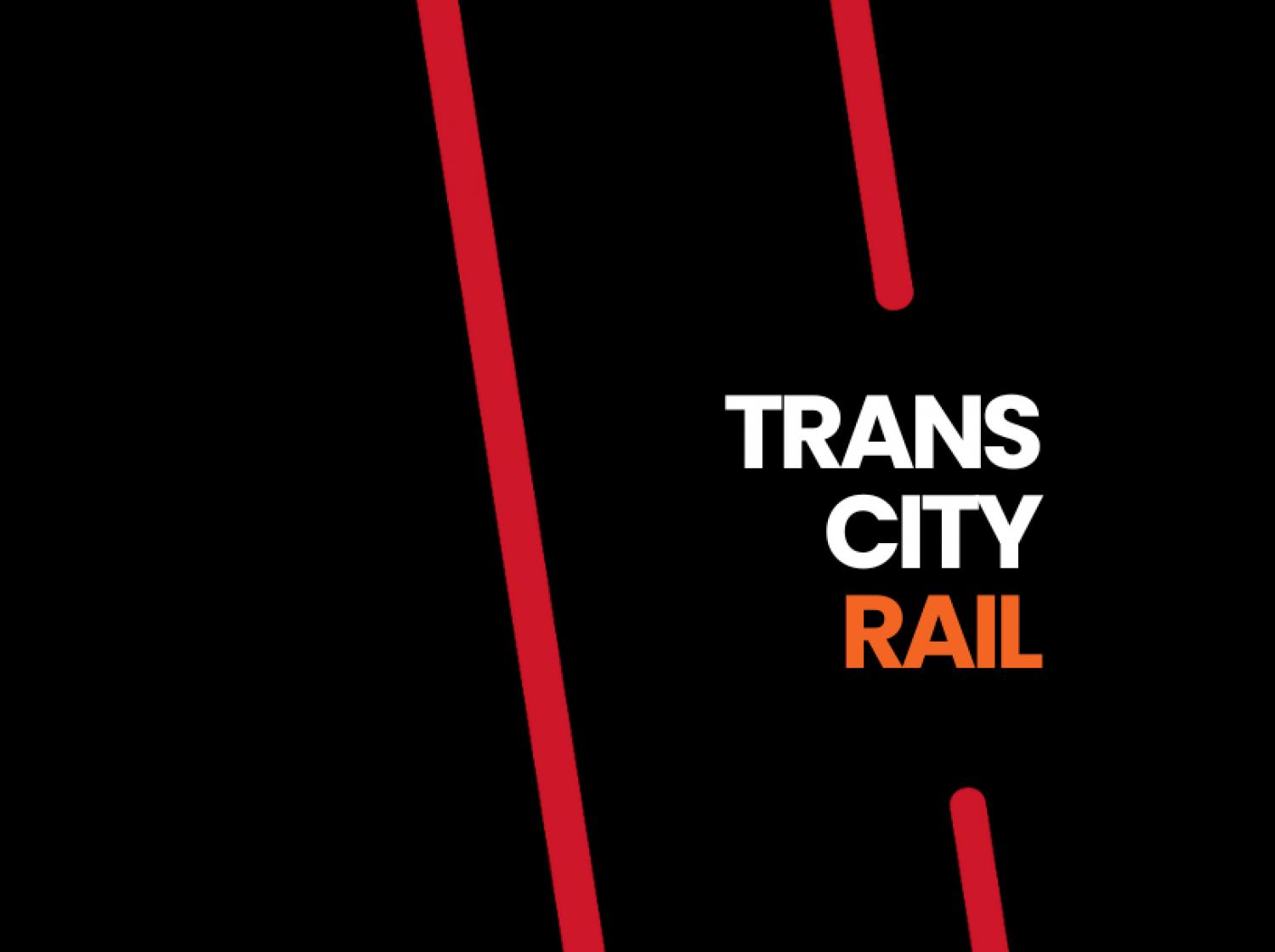Recent changes to rail standards, including the simplifying of introducing new rolling stock and requirements for more consistent signage, are anticipated to realise around £5.5m of benefits for the rail industry over the next five years.
Standards are produced to guide the industry, often working to help reduce cost and support economic recovery, with the most recent December update from RSSB expected to make significant financial benefits for UK rail.
The RSSB process includes an economic assessment of the change, which demonstrate the more than £5m impact which could be felt by the changing rail standards, and this is viewed as a credible conservative estimate based on the minimum savings industry could make collectively.
There is fair scope for the true figure to end up much higher.
Standards serve to codify knowledge, capturing previous learning to prevent the need for constant reinvention of the wheel. When used appropriately, they can deliver cost reductions, improved efficiency and enable innovation.
In response to requests from industry, overseen by elected representatives and guided by an overarching strategy, RSSB has a programme of revising existing standards and introducing new ones where there is good cause to do so.
In their most recent December update, the RSSB made several changes to rail standards including:
- The standard for vehicle gauges has been revised to introduce new gauge profiles for 26m vehicles, revisions to lower sector gauges and a new methodology for assessing the dynamic behaviour of freight bogies, all developed from RSSB research. These changes simplify the introduction of new vehicles to the network and help better manage compatibility, reducing the need for infrastructure to be modified to accommodate some vehicles. A set of Excel® workbooks are available to simplify data capture and analysis. (GERT8073 Issue four Application of Standard Vehicle Gauges)
- The standards addressing the design of lineside signs, the process to introduce new sign designs and the signage arrangement for permissible speeds have been revised. The changes reflect current good practice, better support the introduction of new signs and clarify the scope of National Technical Rules, contributing to more effective assurance. (GIRT7033 issue four Lineside Operational Signs: Product Requirements, RIS-0733-CCS issue one Lineside Operational Signs, RIS-0734-CCS issue 1 Signing of Permissible Speeds)
- The proliferation of stop car markers on station platforms introduces risk of confusion, with trains not stopping where they should and the possibility of doors being released beyond the platform. Multiple signs for similar purposes also introduce avoidable costs. For the first time, a new standard sets the arrangements for railway companies to cooperate on sign positioning to better manage safety and reduce cost. (RIS 3782 TOM Issue one Car Stop Markers Provision on Station Platforms)
- Previous guidance on axle bearing maintenance has been revised and developed into a Rail Industry Standard. This includes requirements for maintenance policies, plan and competence management and incorporates previous research on human factors analysis of axle bearing maintenance. The new standard contributes to improved safety and performance. (RIS 2646-RST Issue one Axle Bearing Maintenance)
- RSSB has a range of standards that support the introduction of the Digital Railway. The European Train Control System (ETCS) can be used to send messages between trains and the trackside for other systems, such as automatic selective door operation and automatic traction power changeover. The first version of the standard for this functionality (known as ‘Packet 44’ due to the message protocol) was published in 2003. This third version simplifies the management of different applications and promotes the reuse of existing applications to avoid duplicating functions, which would otherwise result in more trackside equipment and greater complexity. (RIS-0784-CCS Issue two The Management of Packet 44 Applications)

